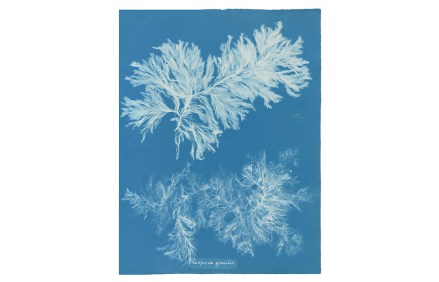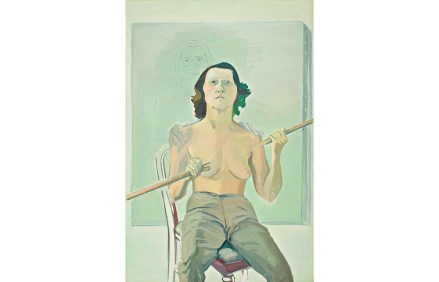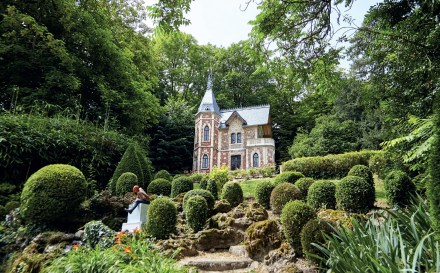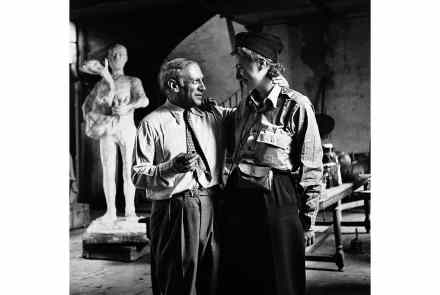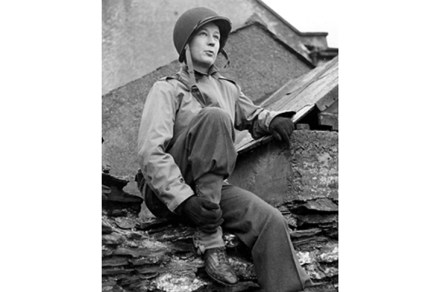Surreal visions: the best of this year’s art books reviewed
Édouard Manet and Edgar Degas first met in a gallery at the Louvre. Degas was standing, etching plate in hand, copying a picture. How audacious, Manet exclaimed, to work without a preliminary drawing. ‘I would not dare to do the same.’ And thus he revealed the essential difference between the two. Degas was a supreme exponent of drawing, while Manet was a magician of the brushstroke. In many ways they moved on parallel tracks, each interested in subjects from contemporary life, both at odds with academic convention. But their talents were at a tangent. Famously, they fell out after Degas painted a double portrait of his friend and his wife.
